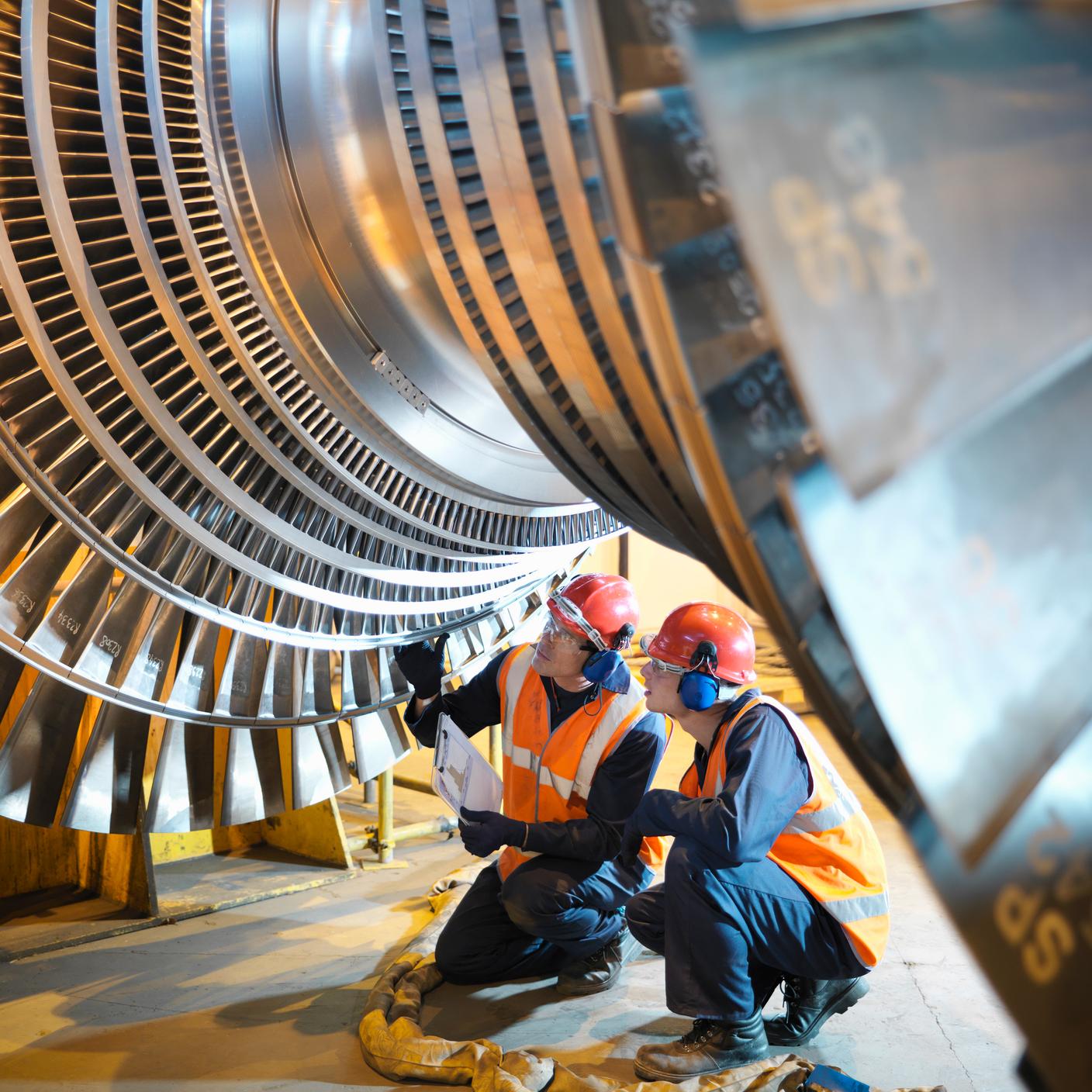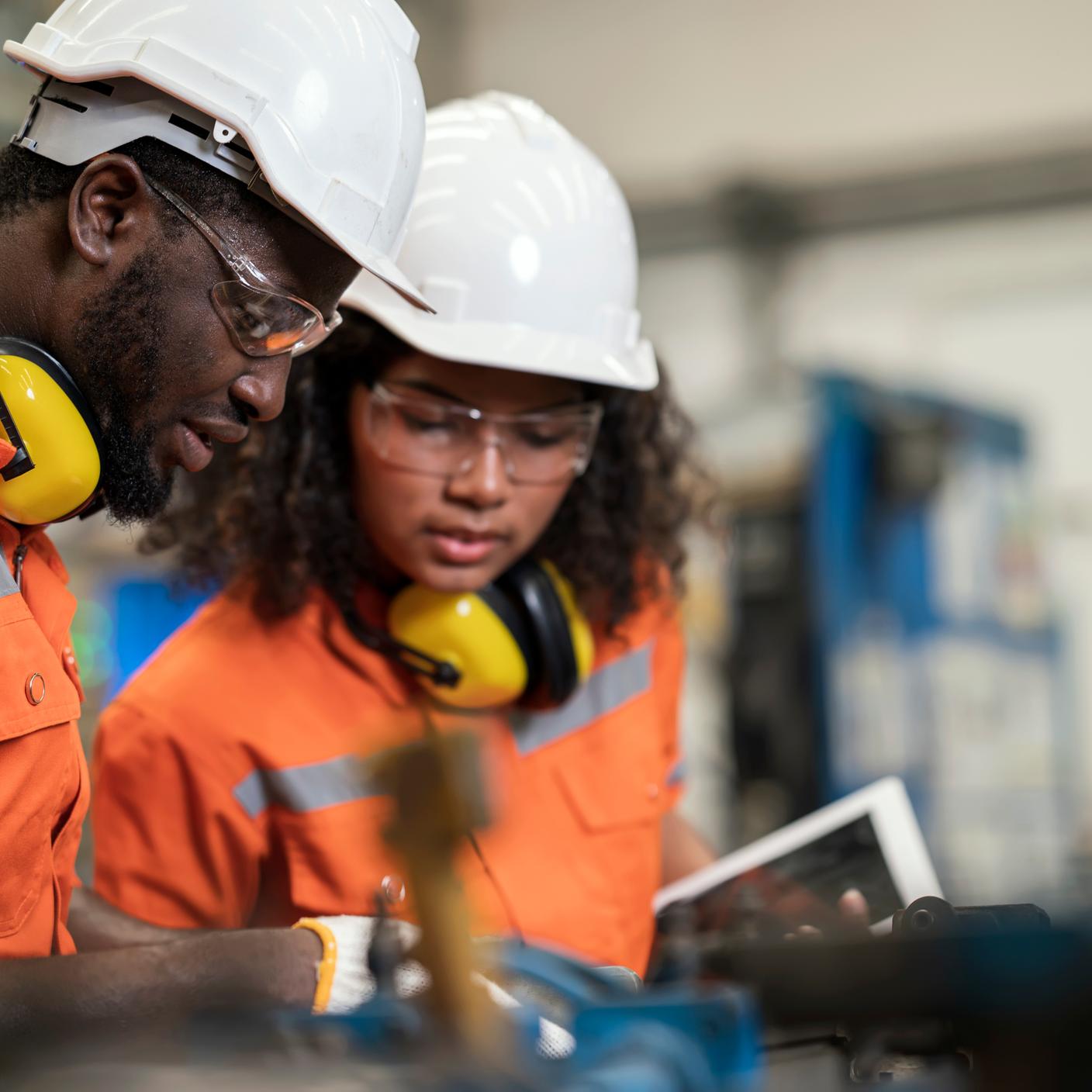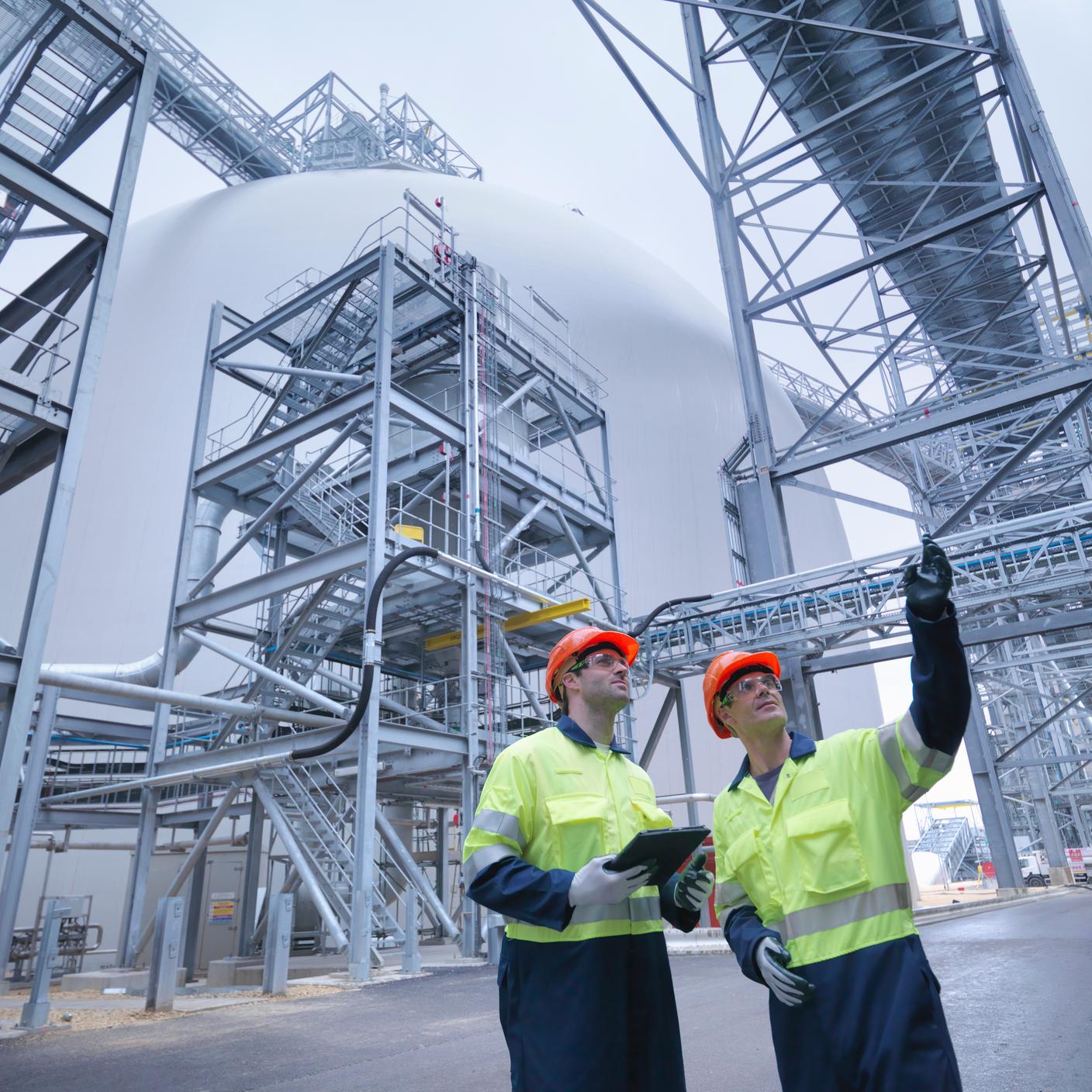This April the Health and Safety Executive (HSE), Britain’s national regulator for workplace health and safety, kicks off a new Workplace Noise Intervention with an initial focus on hearing protection directly supported by the work of BSI national committee PH/7 – Hearing Protectors.
Noise-induced hearing loss (NIHL) is an entirely preventable permanent, progressive condition with a profound impact on quality of life, causing sleep loss, anxiety, depression, low self-esteem, social isolation and loneliness, strain in relationships, long-term stress, and emotional exhaustion. In 2019 the economic burden of disabling hearing loss in the UK due to loss of productivity and quality of life in the adult population was estimated to be £25.5 billion each year.
The work of BSI’s national committee PH/7 is crucial for ensuring that the development of hearing protector standards is aligned with the interests of UK industries to better safeguard and protect worker's exposure to harmful noise. PH/7 is responsible for the UK’s input to hearing protector guidance standard BS EN 458 ‘Hearing protectors - Recommendations for selection, use, care and maintenance’; a key standard for implementing an effective hearing conservation programme in the workplace and an established benchmark that describes what is expected of duty holders.
During the first year of HSE’s Workplace Noise Intervention Inspectors will be targeting high-noise industries and assessing duty holders’ management of hearing protection using the guidance in BS EN 458 and the handy acronym ‘CUFF’:
C = Condition. Is the hearing protection in good order and well maintained?
U = Use. Are the employees using the hearing protection when needed?
F = Fit the ear. Have the employees fitted their hearing protection properly?
F = Fit for purpose. Is the hearing protection correctly specified? Is it over-attenuating and causing a safety risk or under-attenuating and exposing workers to noise?
Hearing protection will be the focus in the first instance as it is used across a broad range of industries and creates significant management challenges. However, personal protective equipment should only be used as a last resort. Inspectors will also be advising duty holders to review their noise control actions and adopt a ‘buy quiet’ purchasing and hire policy for tools and machinery.
The Workplace Noise Intervention is part of a programme of work to meet HSE’s strategic objective of reducing work-related ill health through the delivery of interventions that have a real impact on workers’ health, society, and the economy.
For more information on HSE’s 10-year strategy – Protecting people and places, visit HSE strategy 2022 to 2032.
For HSE advice and guidance on noise at work, visit: HSE: Noise at work – health and Safety in the Workplace.








